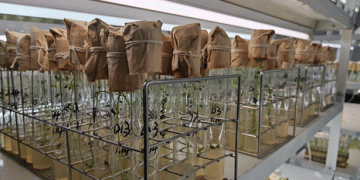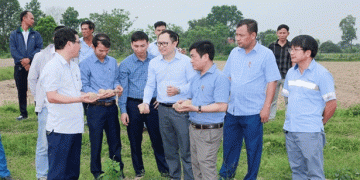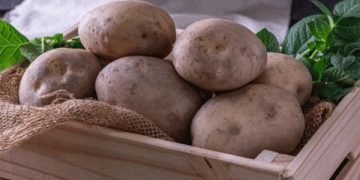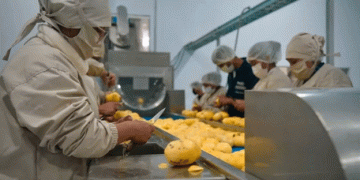On 7 July, Europatat participated in the inaugural meeting of the European Wireworm Research Network (EWRN) held in Oslo, preceding the EAPR conference. This gathering brought together a diverse group of professionals dedicated to tackling the persistent issue of wireworms in potato cultivation. Despite extensive research, no definitive solution has been found to control wireworms, highlighting the need for ongoing collaborative efforts.
Understanding the Wireworm Challenge
Wireworms, the larvae of click beetles (Elateridae family), pose a significant threat to potato crops, causing substantial economic damage. These pests are notoriously difficult to manage due to their prolonged larval stage, which can last several years underground, damaging tubers and reducing crop yield and quality. The economic impact of wireworm infestations is substantial, with millions of euros lost annually in the European potato sector.
The Inaugural EWRN Meeting: A Platform for Collaboration
The European Wireworm Research Network’s first meeting provided a crucial platform for researchers, agronomists, and industry stakeholders to share knowledge and strategies. During the meeting, participants reaffirmed the ongoing challenges posed by wireworms and discussed various control methods, including cultural practices, biological control, and chemical treatments. However, the consensus was clear: there is no single, effective solution for wireworm management.
Europatat’s Call for Enhanced Data and Information Sharing
In its presentation, Europatat emphasized the need for comprehensive data on wireworm occurrences across Europe. Accurate mapping of wireworm populations and their natural predators is essential for developing targeted control strategies. Europatat also highlighted the importance of information sharing among researchers and practitioners to enhance understanding and improve management practices.
Current Research and Future Directions
Recent studies have explored various methods to control wireworms, including:
- Cultural Practices: Crop rotation and soil management techniques can reduce wireworm populations by disrupting their life cycle.
- Biological Control: Research into natural predators, such as entomopathogenic nematodes and fungi, offers promising avenues for wireworm management. However, these biological agents require further study to determine their efficacy and practicality in different agricultural settings.
- Chemical Control: While chemical insecticides can reduce wireworm numbers, their use is limited due to environmental concerns and the development of resistance. There is a pressing need for new, environmentally friendly insecticides.
The inaugural EWRN meeting in Oslo underscored the complexity of managing wireworms in potato cultivation. The absence of a silver bullet solution necessitates continued research and collaboration. By gathering more data, exploring diverse control methods, and fostering information sharing, the agricultural community can develop effective strategies to mitigate the impact of wireworms.






